Sometimes the answer is so simple. It might even be sitting right in front of you so that you can’t seem to see it.
Such seems to be the case with executives at Toyota USA. In the December 16 CNBC article, Toyota struggles to save breakthrough Prius hybrid, a Toyota executive admits to not knowing what to do with the breakthrough hybrid vehicle.
“I don’t think Prius can be the same as before,” said Kaneko, looking forward to the gen-5 model that is just now beginning to enter the development process. “Our role is to figure out what we can do with it. We need to find a new direction.” – Deputy Chief Engineer Koichi Kaneko, Toyota

As background, the Toyota Prius has seen declining sales for many years, driven by several factors:
- Gas prices have remained relatively low in the US.
- Consumers have many more hybrid or electric alternatives, including in Toyota’s own portfolio of models.
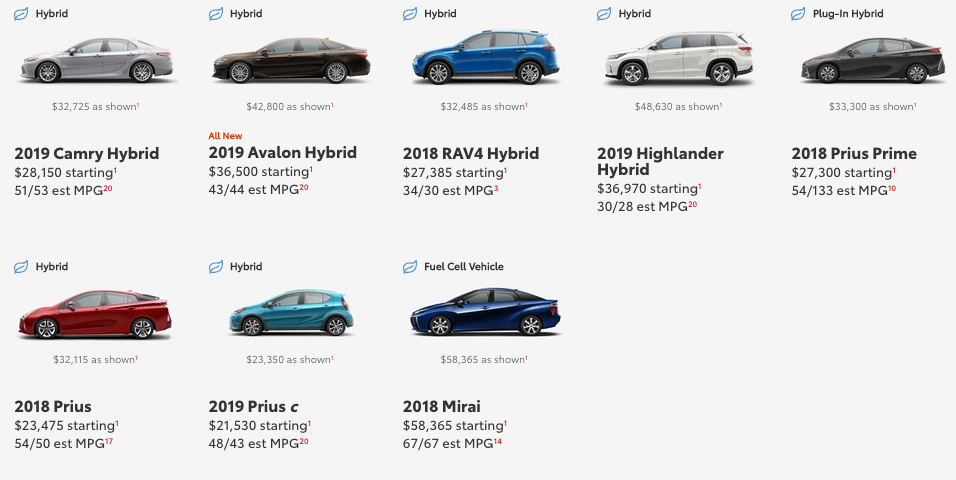
- Consumers are also shifting away from sedans and hatchbacks to SUVs and small crossovers, including Toyota’s RAV4 which was the number 3 selling vehicle overall in November 2018.
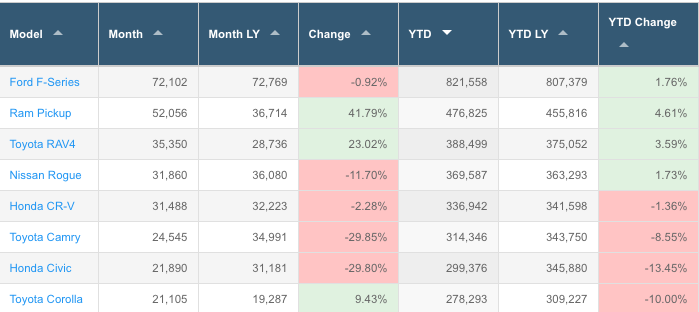
- The shift away from hybrids to plug-in hybrids (PHEVs) and BEVs, especially in early adopting markets such as California.


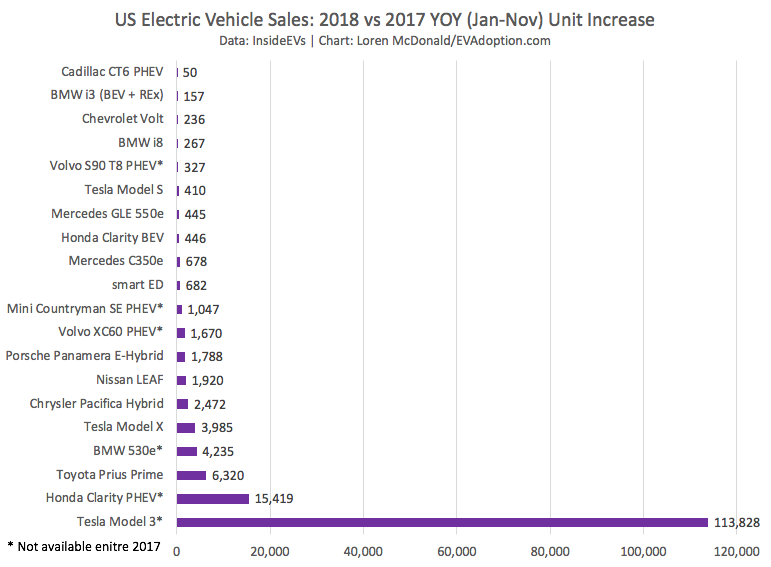
- California, which accounts for more than 50% of EV sales in the US, has shifted away from buying regular hybrids, while the rest of the US is still buying hybrids at a higher rate than BEVs and PHEVs.

- Now with multiple Prius models and powertrains, the “Prius” brand has been muddied and doesn’t just mean “hybrid hatchback “ anymore. The Prius brand now represents both regular hybrid AND plug-in hybrid and it ALSO stands for a liftback AND subcompact/ inexpensive quasi-hatchback.
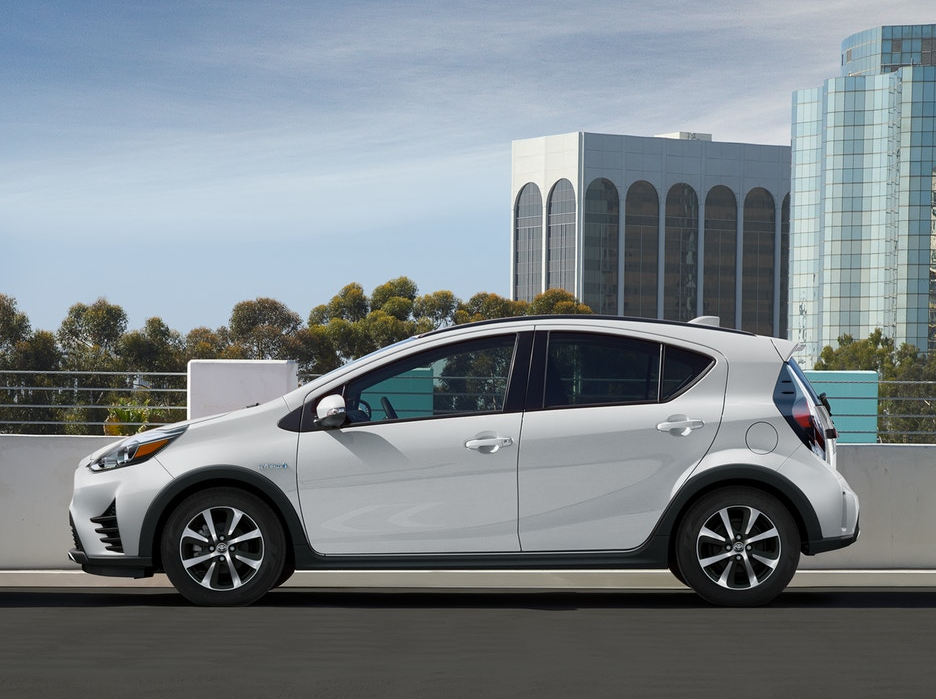
- And most importantly, Prius buyers have recently switched to purchasing the Prime PHEV version over the regular gas version.
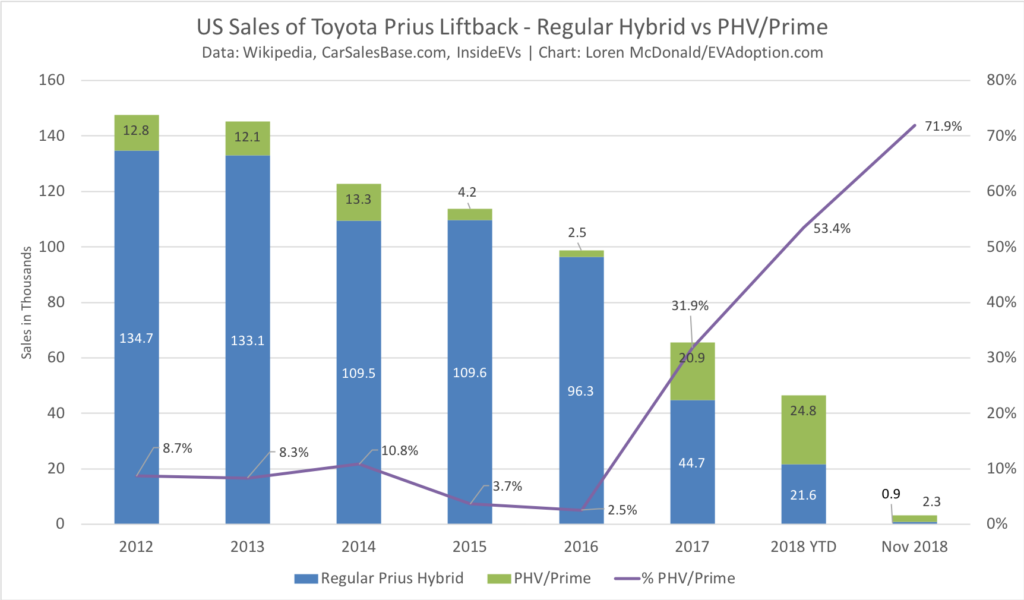
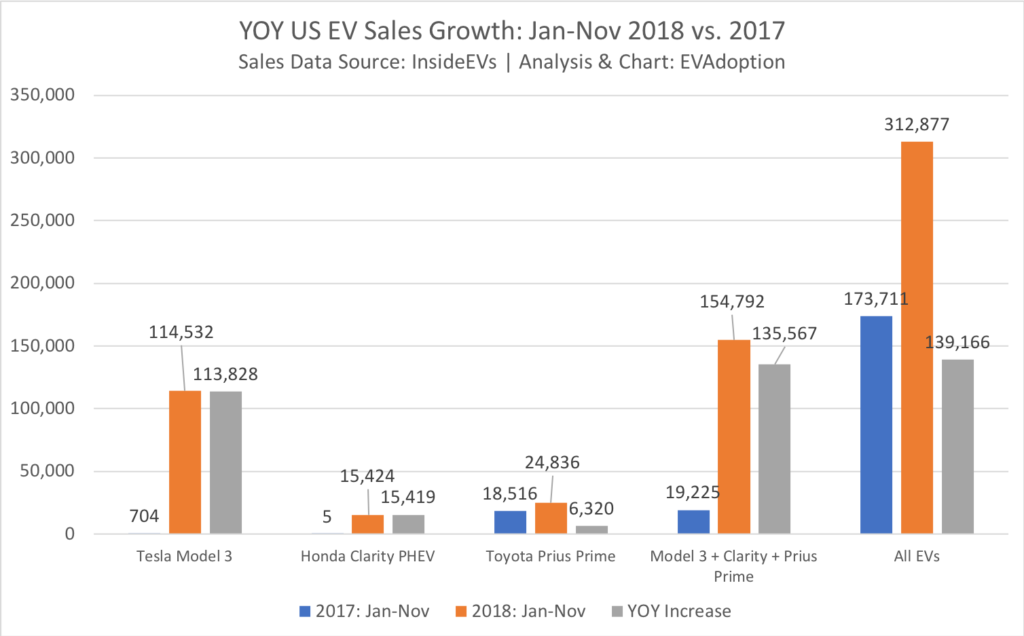
- Finally, the starting and fully-loaded price differential between the regular hybrid and PHEV is modest. And if you take into account federal, state and utility tax credits and rebates, the Prius Prime will in many cases have a net lower effective cost than the regular hybrid.
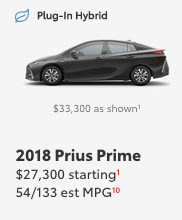
5 Things Toyota Should Do
1. Increase the Range of the Prius Prime PHEV: The Prime has a mediocre electric range of 25 miles as compared to the 53 of the Chevrolet Volt and 47 of the Honda Clarity. With the Volt being discontinued in March 2019, Toyota could increase the Prime’s battery pack to 16 kWh, which then qualifies it for the full $7,500 Federal tax credit. That would increase the Prime’s electric range to about 44 miles giving it just 3 less miles of range than the Clarity, but also perhaps at a price of about $1,500 less.
2. Offer Only the Prius Prime PHEV: As the above data and charts show, sales of regular hybrids are declining as consumers increasingly purchase BEVs and PHEVs – especially in early adopting markets. With sales of the Prime now more than 70% of Prius liftback sales, Toyota should kill the regular hybrid version and market the hell out of the Prime.
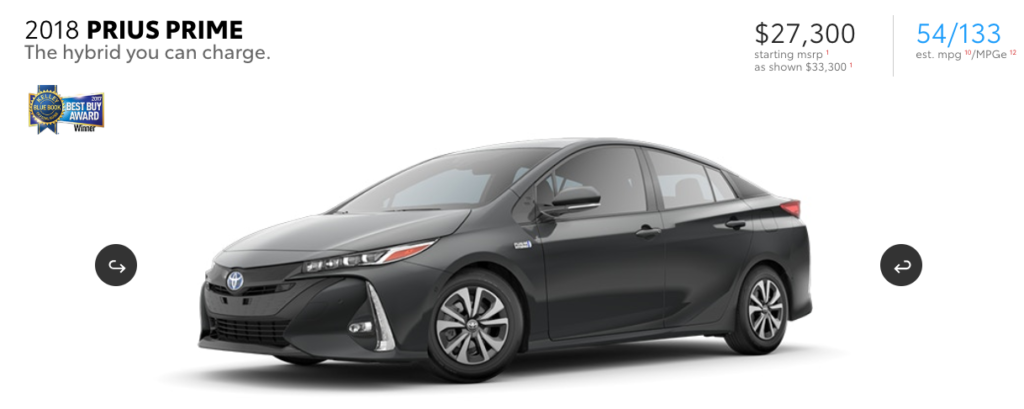
3. Potentially Offer Two Battery Range Versions of the Prime: To offer consumers a choice of range and increase the overall market share, Toyota could continue to offer the Prius with 25 miles of range as well as my proposed updated version with roughly 44 miles of range. This allows Toyota to compete at two levels and offer a lower-price option and one with a much longer range, but higher price tag.
4. Rebrand the Prius c: The Prius c subcompact dilutes and cheapens the Prius brand and has led to part of the decline in sales of the iconic hybrid. The Prius liftback has a very distinctive look and is attractive to green-conscious buyers who want to signal to their neighbors that they care about the planet. Despite also being a hybrid, the Prius c instead speaks to budget-conscious buyers where price is more important than saving the planet. The Prius c competes with models such as the Nissan Versa and Honda Fit and should be rebranded without the Prius name.
5. Add PHEV Options to the C-HR and RAV4 Models: One of the options mentioned by the Toyota executive in the CNBC article is to add a CUV (crossover) body style to the Prius family. I say No.
Instead of further diluting the Prius brand, add PHEV powertrains to the RAV4 and C-HR models. These SUV and CUV models are selling extremely well but they will soon need to compete with the coming BEV models from Hyundai (Kona) and Kia (Niro) in 2019 and the Tesla Model Y as well as a rumored PHEV version of the Ford Escape in a few years.
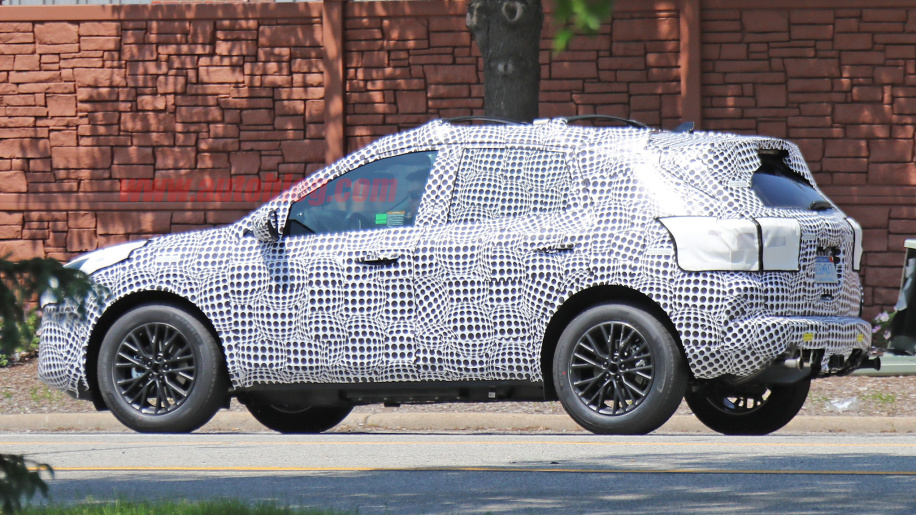
“Toyota has to be ready to respond to these trends” reshaping the automotive market and might even have to consider the possibility of either shifting to a crossover body style or adding a CUV to the broader Prius family that today also includes the small Prius C and bigger Prius V. – Deputy Chief Engineer Koichi Kaneko, Toyota

The Toyota Prius is one of the most important and iconic auto model brands in the last 50 years. But as times change and consumers are moving to electric vehicles, Toyota needs to shift the former hybrid leader into being the dominant plug-in hybrid model of the next 10 years. Separately, the company needs to get serious about BEVs and back off of their infatuation with fuel-cell vehicles.
C’mon Toyota, do the smart thing or risk getting left behind.


One Response